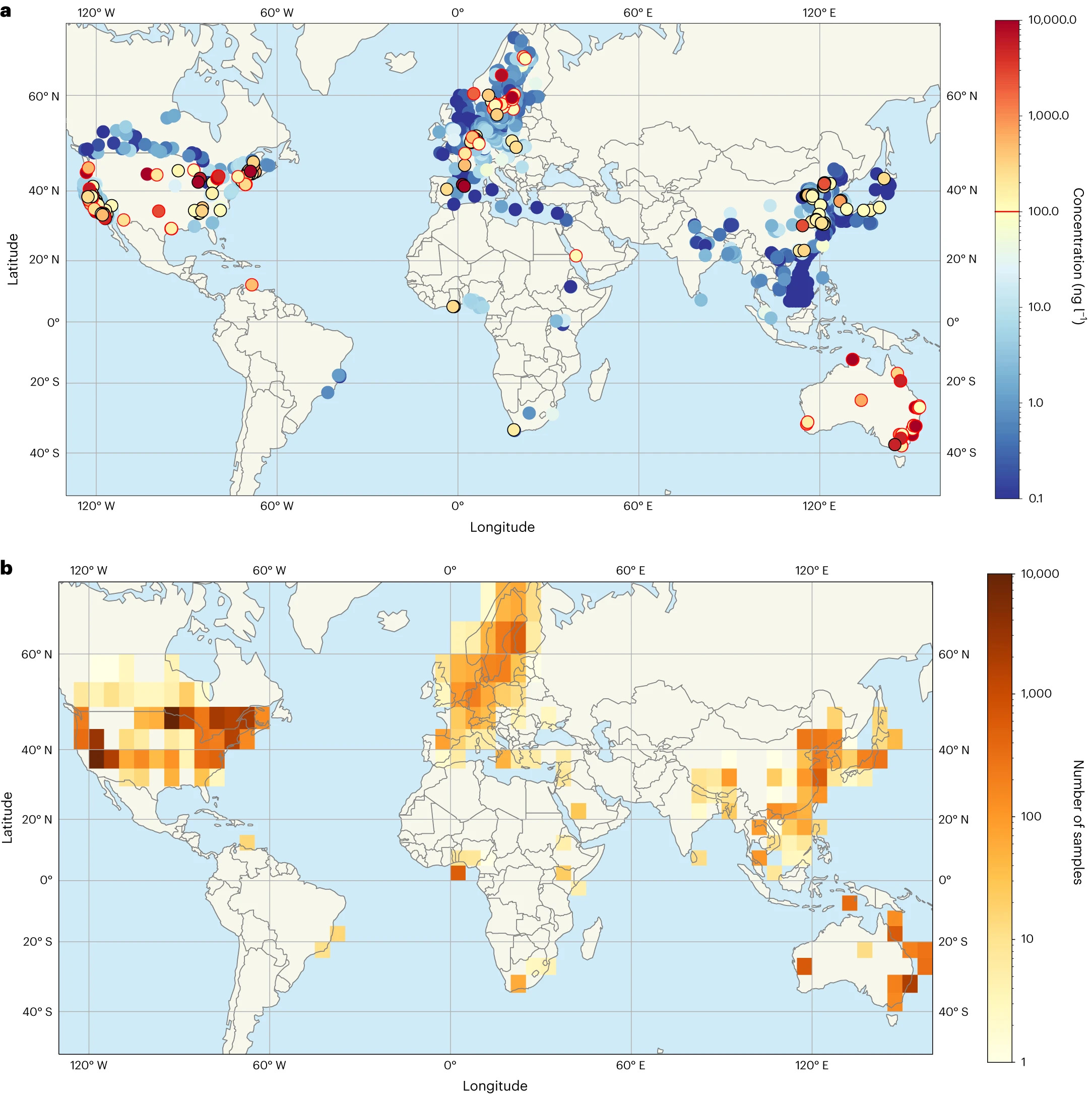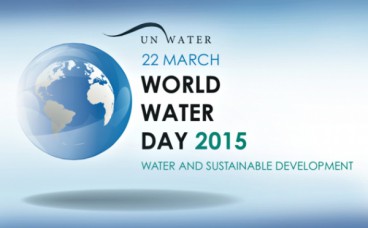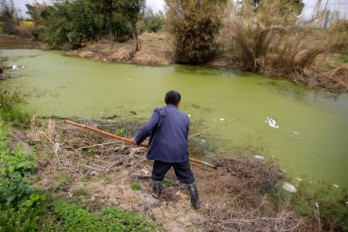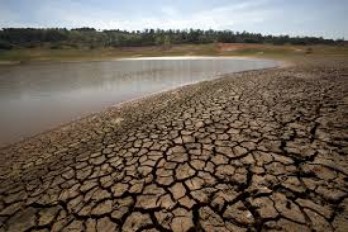New study finds above-limit quantities of PFAS “forever chemicals” in water globally

A new study, led by the University of New South Wales in Sydney, Australia was published on Monday, April 8, 2024, in the Natural Geoscience journal, which found that “forever chemicals” exist at higher than allowable levels within global surface and groundwater resources.
Furthermore, these chemicals are perfluoroalkyl and polyfluoroalkyl substances (PFAS) and are commonly referred to as “forever chemicals”, because they fail to fully dissolve in the environment.
This PFAS group of substances involves some 14,000 different man-made chemicals.
They have been widely used for many decades as a means of resisting heat, water, grease, and stains, in a broad spectrum of items, ranging from nonstick frying pans and clothes to commercial airplanes and firefighting foam.
As time goes by, PFAS are being linked to harmful processes for humans and the environment, including some types of cancers, liver damage and more.
The study assessed the levels at which PFAS are present in global drinking water reserves, by collating more than 45,000 data points, considering a timeframe ranging from 2004 to the present year.
Moreover, it concluded that the concentration of PFAS in water reserves greatly exceeds existing allowable levels set by different national regulations, even in places like the Arctic.
However, another problem that was identified is that there is no unified global regulation, and different national approaches vary greatly between countries.
It is worth noting that these substances are mostly found in environmental water deposits, such as dams and lakes, and do not make it past the filtering processes used in drinking water networks.
Despite that, studies show that PFAS are present in the blood of roughly 98% of Americans, according to the National Academies of Sciences, Engineering, and Medicine, and this is because they can be absorbed not only by drinking, but by exposure to dust, or food.
On Wednesday, April 10, 2024, the U.S. Environmental Protection Agency established national limits for six types of PFAS in drinking water.
Sources: www.nature.com, www.unsw.edu.au, edition.cnn.com, www.nbcnews.com
Want to read more like this story?

March 22nd is World Water Day!
Mar, 22, 2015 | NewsSince 1993, the United Nations has designated March 22nd of each year as World Water Day, a day dedi...

Penn State Researchers Develop New Technique for Identifying Shale-drilling Additives in Drinking Water
May, 04, 2015 | NewsResearchers at Penn State University have developed a new analytical technique for identifying commo...

More than 80% of underground water in China is heavily polluted
Apr, 12, 2017 | NewsIndustrial pollution and farming has rendered it unsuitable for human use Industrial pollution an...

Researchers have developed a miniaturized water quality sensor that can monitor drinking water quality in real time
Oct, 03, 2017 | NewsThis tiny and inexpensive device -built using a 3D printer- can be deployed anywhere in the water di...

Ancient engineering methods to address water shortages
Jul, 31, 2019 | NewsAccording to a new study, published in Nature Journal, a 1,400-year-old system of canals that divert...

Ιn the shadow of drought
Sep, 28, 2015 | NewsIn Maharashtra's dams the water levels have risen to 56% from 54% due to the monsoon. In Maharash...

Thames Water Accelerates Plans to Secure South East's Future Water Supply
Jun, 07, 2024 | NewsToday marks a significant step in securing the future water supply for the South East as Thames Wat...

Horror Scenario For Coastal Areas
Jul, 29, 2015 | NewsClear warning from scientists, who note that the sea level rise may not be avoided even if the gover...

Airport melt water responsible for soil contamination, new study finds
Apr, 30, 2015 | NewsA new study, conducted from the Friedrich Schiller University Jena in Germany, indicates that m...
Trending

Vertical gardens in Mexico City to combat pollution

Characteristics of Load Bearing Masonry Construction

Taipei 101’s impressive tuned mass damper

Morocco Implements Landmark Dam Perforation to Combat Water Stress in Marrakech

Dutch greenhouses have revolutionized modern farming

The Line at Neom faces feasibility reassessment while construction continues

A new chapter for Sunderland: The £31 million Keel Crossing opens

